Siemens E-mobility

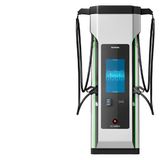
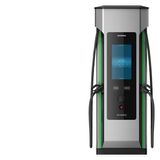

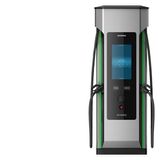

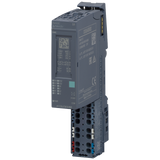
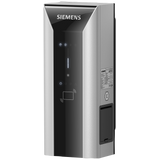
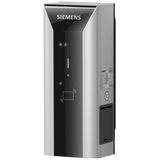
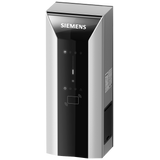
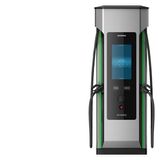
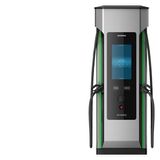






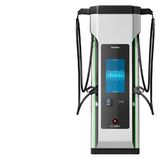
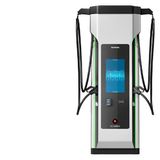

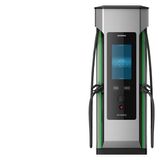
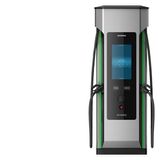
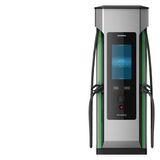
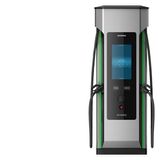

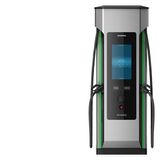
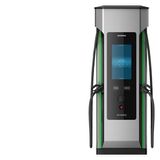
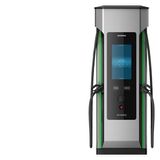

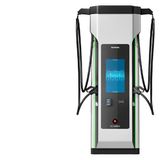
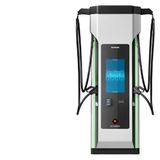
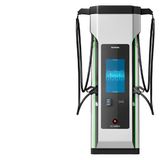


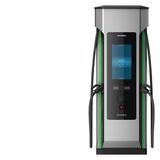
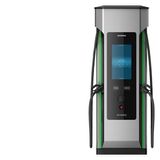

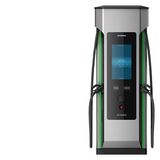
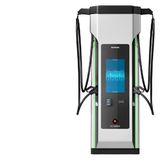
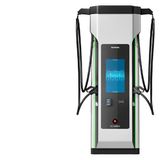
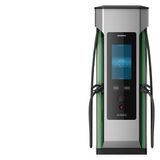
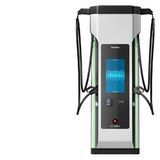



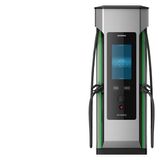
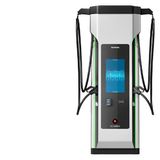
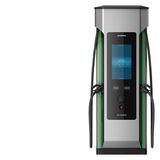
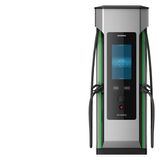
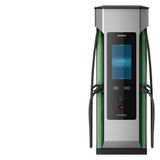

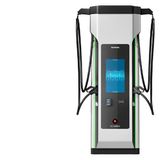
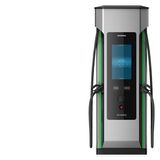
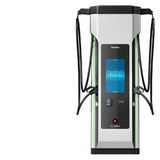

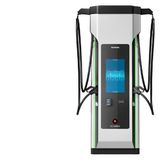
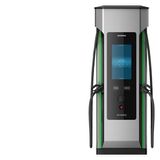
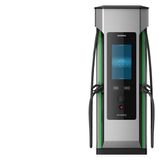

siemens e mobility Application scope and brand context
Commercial buildings, depots, and mixed-use car parks need chargers that talk to the grid, meter accurately, and stay online in the rain. Siemens designs hardware around IEC 61851 and IEC 62196 interfaces with OCPP backends, so rollout teams can scale from a single bay to a yard of dispensers without rewriting the spec. Published thermal, IP/IK, and wiring windows mean the feeder schedule maps cleanly to the site plan—no guesswork at the plinth.
siemens ev chargers Product range and power classes
AC units cover 7.4/11/22 kW with Type 2 socket or tether, MID-approved metering options, integrated RCD Type A with 6 mA DC detection, and load-sharing for constrained services. DC dispensers land in the 50…400 kW band with scalable power modules, CCS2 leads, ISO 15118 Plug&Charge, and optional DIN 70121 fallback. Enclosures reach IP54–IP65 front and IK10 faces; cable management choices include fixed holsters or overhead reels to keep bays tidy. Wall, pedestal, and post-mount kits match typical foundation and door clearances, and service access is front-facing for curbside installs.
siemens wallbox chargers Residential and small-business use
Compact housings with Wi-Fi/Ethernet/4G, RFID/NFC authorization, and OCPP 1.6/2.0.1 let small sites join the same cloud as fleet yards. Dynamic load control via external CTs keeps the main breaker within limit; PEN fault monitoring is available for TN-C-S markets that require open-PEN protection without earth rods. Typical ambient −25…+50 °C; derating curves are stated for sun-exposed façades.
Other Siemens products:
Technical specifications and standards
Safety to IEC 61851-1; connectors to IEC 62196-2/-3; EMC per EN 61000-6-2/-6-3; fire/smoke on enclosures to local building class. AC metering can be MID Class B; DC metrology aligns with national Weights & Measures where mandated. Surge immunity options up to 6 kV L-N (Type 2 SPD upstream recommended). Efficiency: AC >95 % at nominal load; DC modules typically >96 %. Communication: OCPP 1.6J/2.0.1, Modbus TCP for local BMS, and REST hooks for energy managers. Cable entries accept ~6…70 mm² by frame; torque tables and bending radii are printed on the door card. Idle power, standby wake, and scheduled charging behaviors are parameterized to hit demand-charge targets.
Applications and compatibility for fleets and sites
Workplace bays: pair 11/22 kW AC with access control and time-of-use tariffs. Logistics depots: position 120–300 kW cabinets with dispenser posts to reduce truck snags; plan 5–8 m lead lengths and bollards. Retail car parks: integrate payment terminals and loyalty IDs; keep bollard spacing to ≥1.2 m for door swing. Transit hubs: stage DC power by daypart—morning peaks, overnight slow-fill. Where your tender mentions siemens car charging stations, specify per-bay kW, connector type, OCPP version, and metering class on every tag to prevent substitutions.
Integration with Siemens distribution, metering, and software
SENTRON breakers and RCD policy handle inrush and DC fault current correctly; tap the tap-off busbar kits for dense rows. Power quality stays civil with AFE rectifiers or passive filters where THDi limits apply. Siemens gateways roll charger telemetry to the EMS; KNX/Modbus room controllers can shed non-critical loads before EV curtailment. Metering and CTs feed SICAM or third-party SCADA; plant teams often mirror charger states to the BMS to align HVAC and lighting with arrival patterns. For campuses planning siemens electric vehicle infrastructure, reserve LV panels, cable trays, and comms ducts in the same phase, and model voltage drop and Zs to the farthest bay.
siemens e mobility solutions Grid, software, and service stack
From site load calculation to dynamic setpoint control, the stack covers local controllers, OCPP cloud, tariff engines, and driver apps. ISO 15118 enables contract-based charging; smart-charging APIs let you shape kW by feeder constraint, solar excess, or building demand. In microgrids, V2G/V2H pilots can ride on CCS where regulation allows; otherwise, export is blocked by default.
Selection criteria for B2B buyers
- Decide duty: dwell time, daily kWh, and connector mix; size AC vs DC accordingly.
- Fix electrical: service capacity, upstream Icu/Ics, RCD type, SPD class, and diversity factors; confirm cable ODs and trench fill.
- Choose control: OCPP 1.6 vs 2.0.1, RFID vs payment terminal, ISO 15118 needs, and backend integration.
- Environment: IP/IK, UV load, salt/freeze cycles; plan canopy or louvering for west-facing walls.
- Operations: MID class for billing, uptime SLAs, spare parts list (leads, holsters, HMI), and remote firmware policy.
- Civil: plinth bolt patterns, vehicle envelopes, and ADA/accessible bay geometry.
Where a specification calls out siemens ev charging systems, align module block size to the utility interconnect so step increases in kW don’t re-trigger grid studies.
Deployment notes and field practice
Pull twin conduits (power + data) to every stand—even where you start with AC—so DC upgrades don’t break concrete twice. Land CTs with correct orientation; wrong polarity ruins load balance. Keep comms in shielded pairs, segregated from power by tray rules; PoE cameras and ANPR lanes share ducting only with fiber. For brownfield sites, pre-stage commissioning via cellular before WAN cutover to avoid hand-backs.
Advantages of working with Bankoflamps
We align charger kW nodes, connector sets, metering class, protection, and backend options to your single-line and layout, then present live EU stock by warehouse before civil crews mobilize. Quotations typically arrive in about an hour with EAN/MPN, feeder sizes, RCD/SPD policy, enclosure/IP data, and accessory packs called out—so nothing drifts between design and pour. Your portal shows lead times, shipment status, and downloadable price lists with validity dates; approved clients can use post-payment up to 30 days. We consolidate by bay group or cabinet row to reduce freight and on-site sorting, and your account manager checks voltage drop, fault levels, bollard spacing, CT ratios, OCPP versioning, and payment hardware against drawings—so plinths, panels, and software land in sync.